For two and a half days in Mallorca, HR leaders came together to spark ideas, share breakthroughs and challenge the status quo.
This year’s event saw leaders from some of the world’s top organizations chart their ambitious talent trajectories, users collaborate in hands-on workshops, innovators honored at the inaugural Avature Awards and roadmap presentations set a marker for truly future-facing HR.
Read on to get the lowdown on the talent teams and tech making waves in Mallorca at #AvatureUpfront 2025.
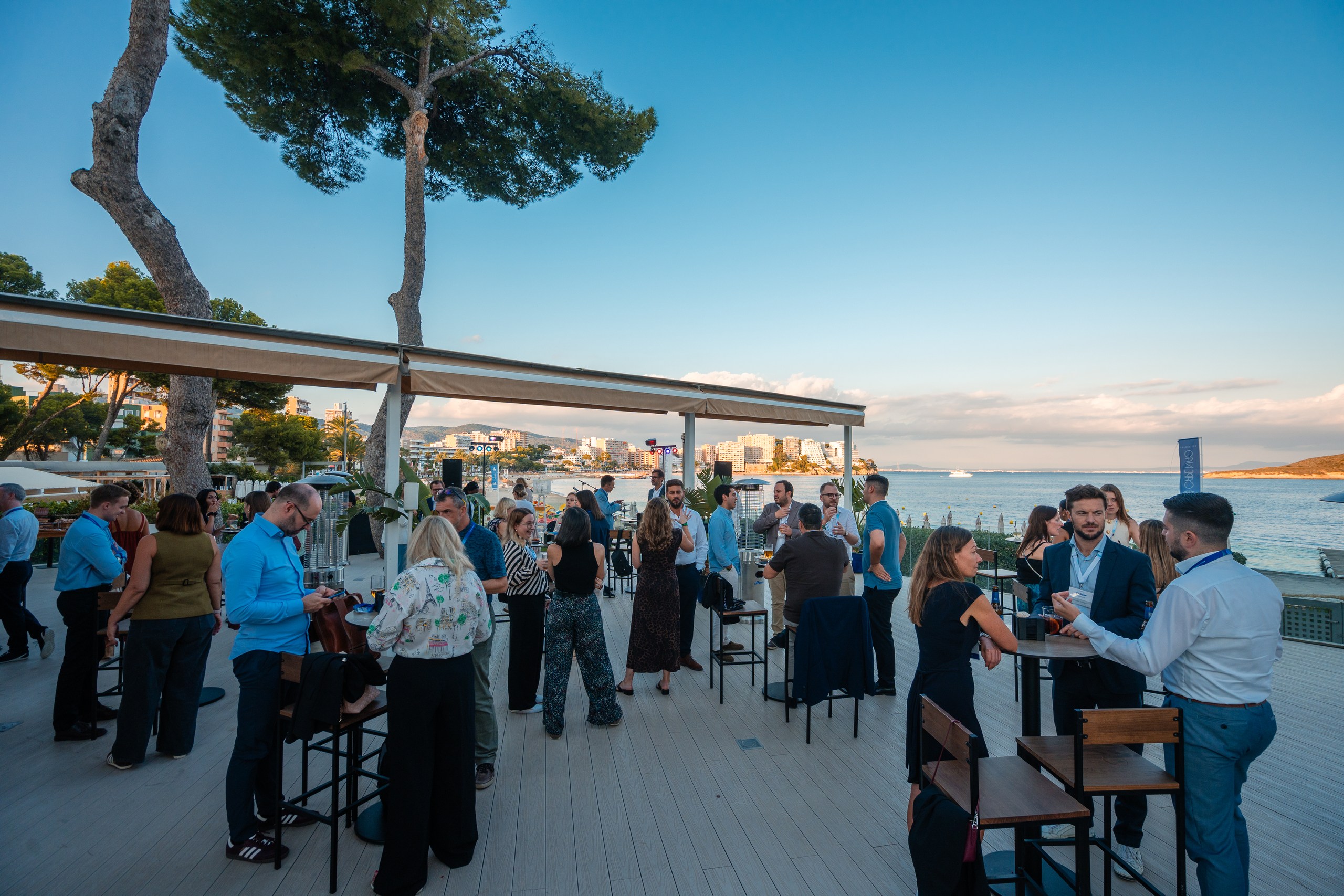
Context-Aware, Workflow-Embedded: Delivering on the Transformative Promise of AI
Avature CEO Dimitri Boylan opened #AvatureUpfront 2025 with a challenge to HR leaders: “If all you get from AI is that individual users become more efficient, you probably won’t end up on the right side of disruption.”
He noted that while AI has moved beyond hype and is now capable of achieving real impact, most enterprise deployments still fail to deliver that value. Citing MIT research showing that 95 percent of AI pilots fall short, Boylan argued that the problem lies not with the technology at a fundamental level, but with companies bolting on consumer-oriented AI and expecting it to perform enterprise-level tasks: “AI systems today don’t fit into workflows, they don’t integrate with other systems, and they don’t access meaningful content.”
Avature’s approach, he explained, was designed to overcome exactly those barriers. By embedding AI directly into the platform’s architecture, Avature enables context-aware, workflow-integrated intelligence that drives value for both individual users and the enterprise as a whole.
The challenge here is to understand how to get from where you are now to a future state that’s competitive and is leveraging artificial intelligence. As an HR organization, do you lead that transformation, or do you operate in a reactive mode? We think HR should lead the transformation of the organization, and to do that, you need the right platform.”
Dimitri Boylan
CEO at Avature
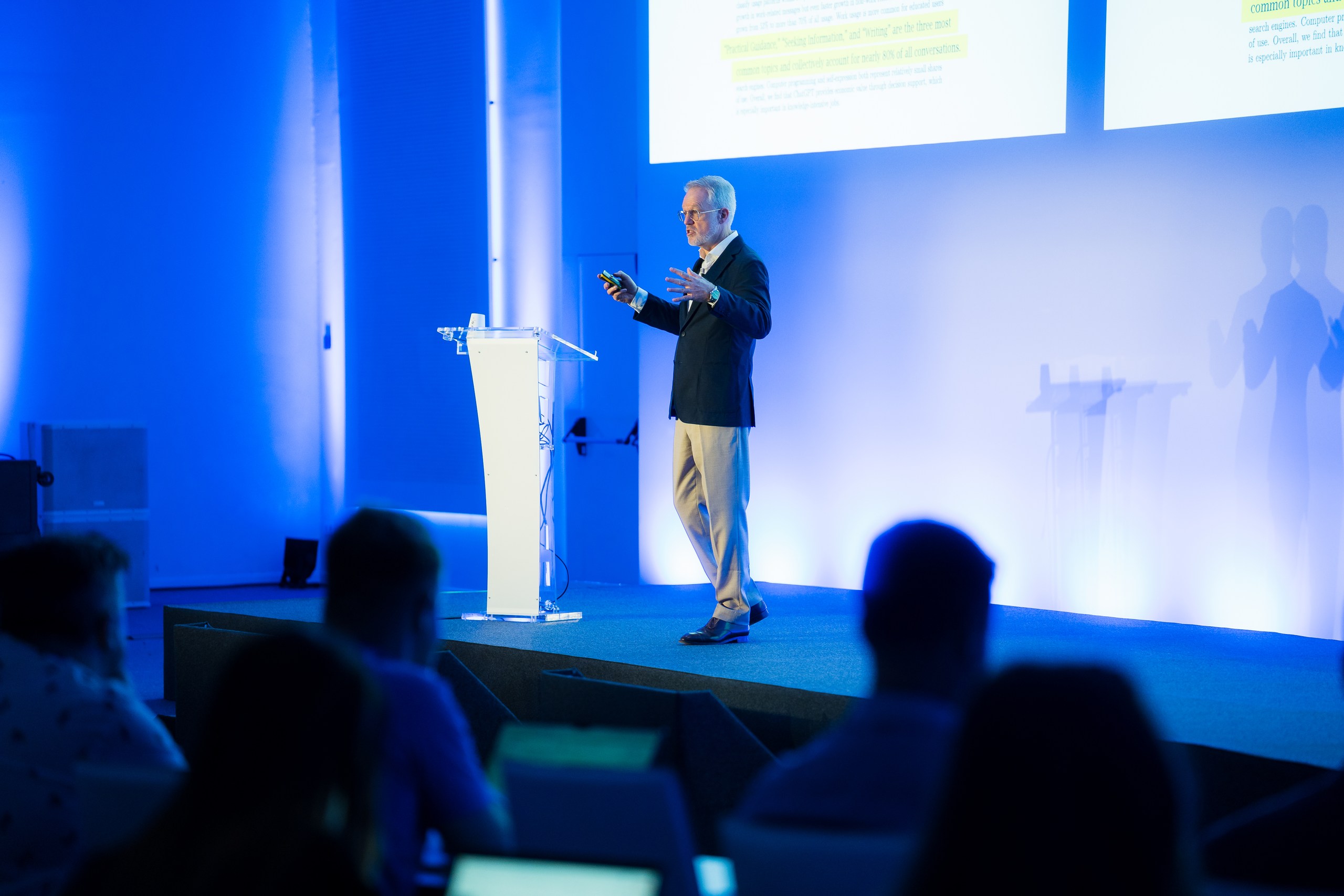
To support HR in this endeavor, Boylan announced the upcoming Avature Workforce Planning Solution, a dynamic, real-time capability designed to unify the various strands of the talent function and connect them with business strategy, enabling organizations to adapt swiftly to changing market conditions.
He also revealed that the Avature platform will now be known as Avature DNA, reflecting both the modular building blocks that underpin its architecture and the biological inspiration behind its design. More than a rebrand, the new name captures Avature’s commitment to enabling continuous adaptability in an era of rapid disruption.
Industry Leaders’ Bold Blueprints of an AI Future
One company taking the promise of contextual, workflow-embedded AI as a catalyst for fundamental organizational transformation is IBM. In a presentation that lit the room with possibility, Jon Lester, Vice President of HR Technology, Data & AI, shared IBM’s mission to be the most productive company in the world.
Having already delivered a staggering $3.5 billion in company-wide efficiency savings by eliminating, simplifying and automating operations with the help of AI, IBM was taking its reimagined workplace to the next level.
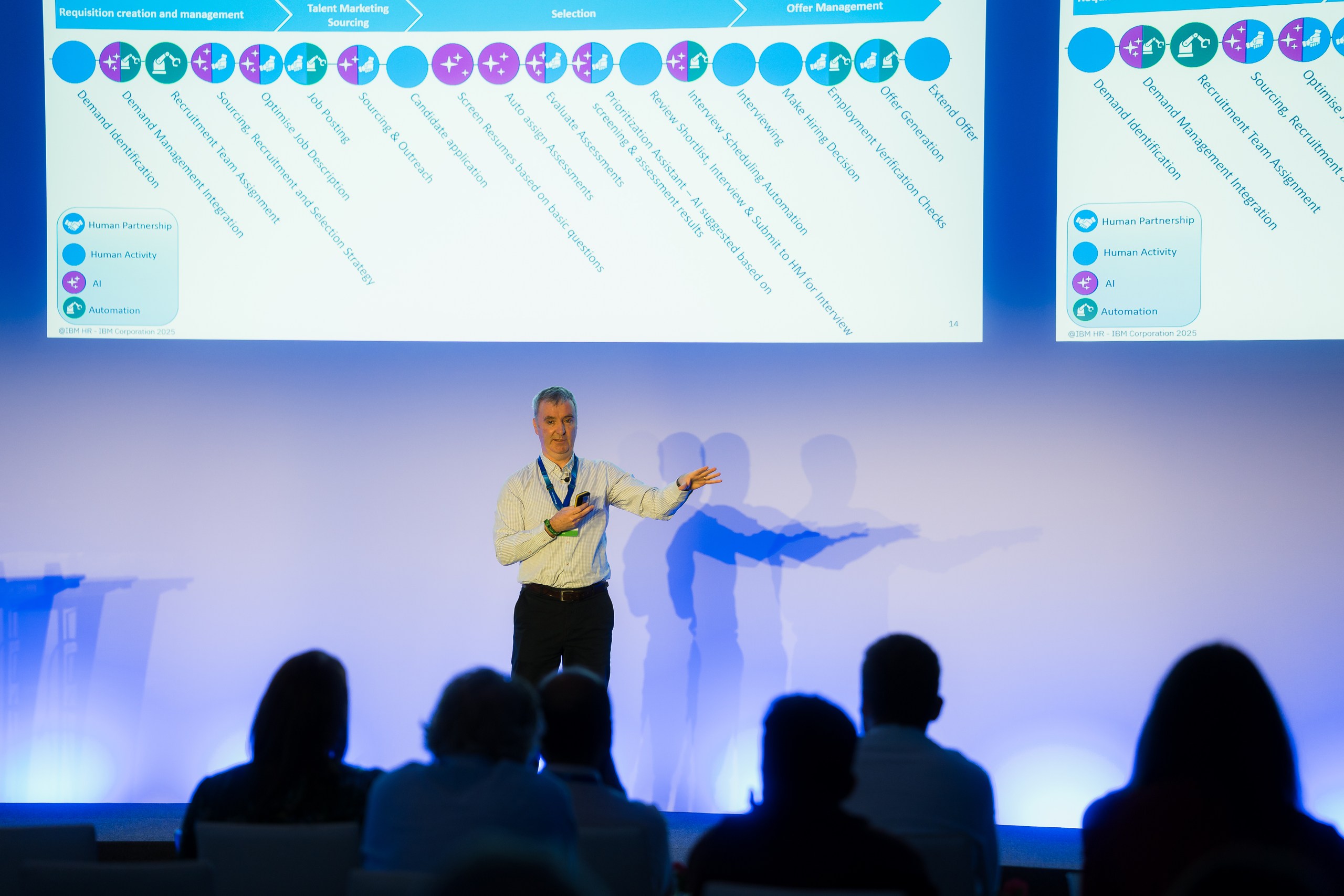
We think we can completely reinvent how TA works in the next two to three years.”
Jon Lester
Vice President of HR Technology, Data & AI at IBM
He invited the audience to contemplate his talent blueprint, which, by incorporating a ‘Buy, Build, Borrow, Bot’ approach to workforce planning, will see the technological giant become an AI-hybrid organization by 2027, with humans and AI agents dividing tasks or working collaboratively to realize unprecedented levels of efficiency.
An equally forward-focused presentation was delivered by Andrew Dennan, Manager HR – Recruitment | Group Services, Data, Early Careers at Emirates. His AI-driven vision of TA emphasised that for a company making more than 17,000 new hires per year, clear prompts and guardrails are essential for AI to operate at the necessary speed and scale.
Through an illustrative example of how AI can remove bias from the hiring process, he presented Emirates’ no-CV high-volume process, in which candidates are scored on ‘words and work, not looks and vibes’. In it, candidates have their video interview responses and ability to perform a role-specific task measured by AI against a published rubric. This, he says, provides ‘transparent, portable proof’ and has enabled Emirates to process one million applicants in the 90 days post go-live.
This is our opportunity to be the profession that didn’t just adapt to AI, but designed the future of hiring around human judgment.”
Andrew Dennan
Head of Recruitment | Group Services, Data, Early Careers at Emirates
Elsewhere, ResourceBank showcased how AI and automation can unlock dramatic efficiency gains when people, purpose and technology are aligned. For one high-volume client, combining smart automation with AI-based skills matching cut time-to-shortlist from two days to just 35 minutes, increased interviews by 40 percent, and achieved 91 percent candidate satisfaction.

And in a powerful testament to the value of transformation as a continuous process, Björn Helbing, Head of Global Talent Solutions, and Ricardo Rocha, Global TA Product Owner at Siemens, offered a retrospective of an 11-year partnership with Avature.
Starting from a fragmented tech stack, Siemens now uses the Avature Talent Acquisition Suite to process more than three million applications annually. The team highlighted how AI is already enhancing recruiter efficiency, citing enthusiastic feedback on Avature Copilot for drafting emails and job descriptions. Their internal testing also showed candidate-to-opening matching accuracy of 90 percent, underscoring the tangible impact of AI on speed and quality of hire.
Finding New Efficiencies at Every Stage of the Recruitment Journey
Across industries, Avature clients are reimagining how technology can transform their talent operations to deliver scale, speed and a more human experience.
For Siemens Energy, future-proofing the power grid required future-proofing how the company hires. Alain Proietti, Global Head of TA, recounted how the energy infrastructure specialist was facing a surge in global hiring demand that its legacy systems simply couldn’t support. Through a six-pronged approach encompassing workforce planning, talent attraction, streamlined recruitment, a focus on candidate experience, onboarding and scalability, it set to work rebuilding its end-to-end talent process. The result was a TA team able to handle 2.5 times the volume in less than half the time.
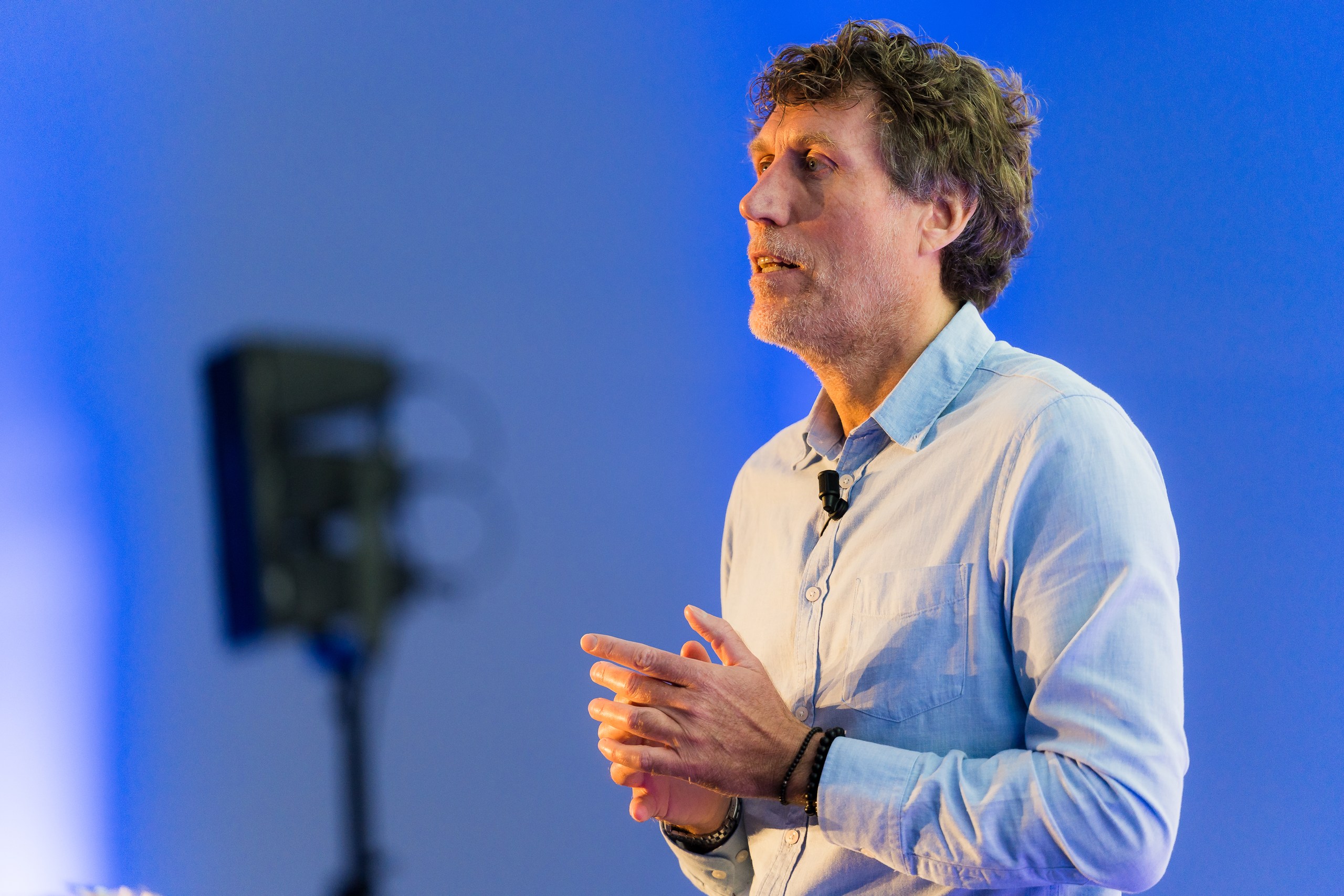
For Tesco, the UK’s second-largest employer, transformation took the form of radical integration. The retailer consolidated seven systems, 12 career sites and 13 internal mobility workflows into a single, unified platform serving both retail and specialist roles. With 3.5 million career site users, 320,000 applicants and 87 percent candidate satisfaction, Tesco’s story proves that scale doesn’t have to come at the expense of experience.
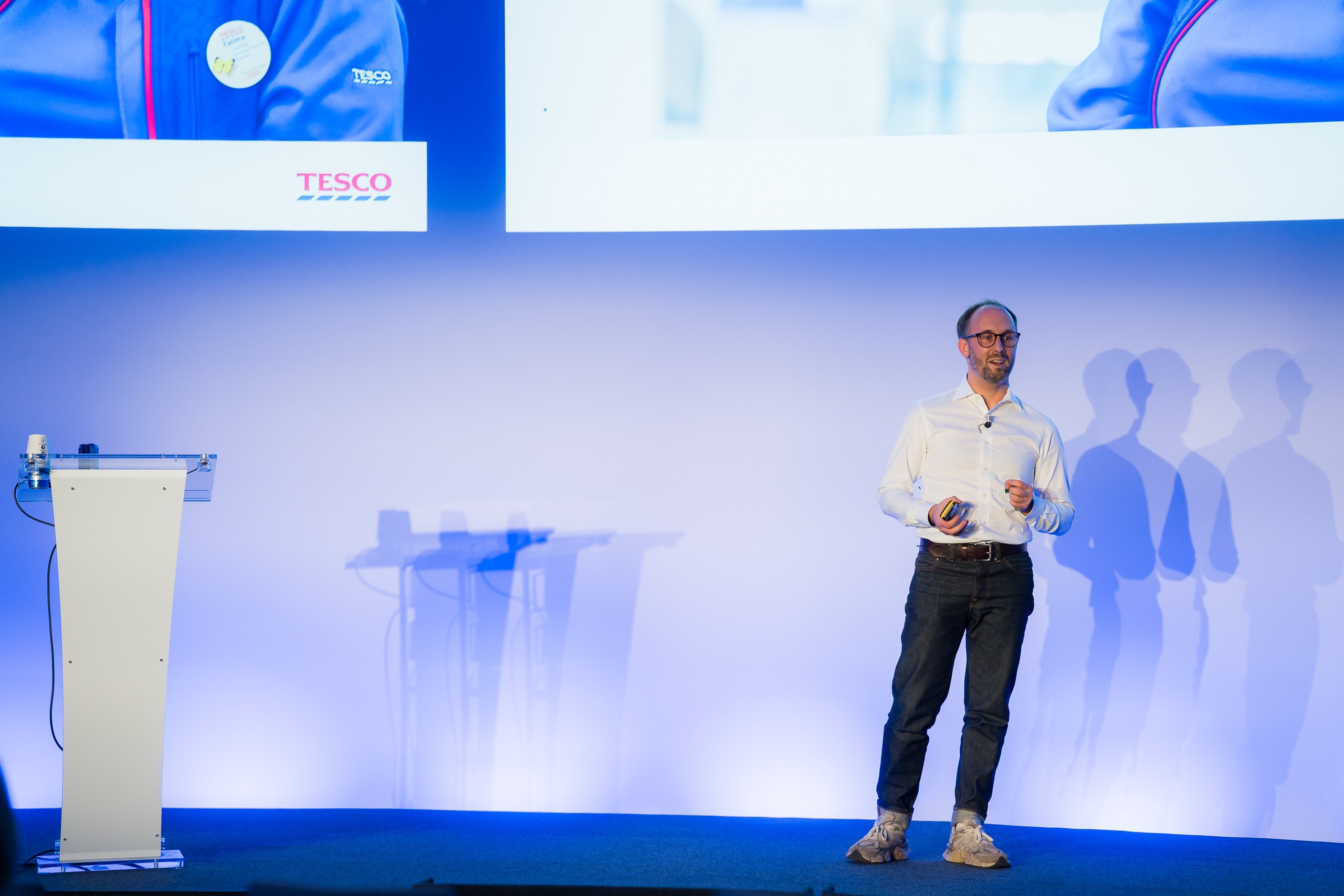
There is still a big role for people and relationships [in HR], and the role of tech is to support that.”
Chris Browne
Head of Product – Talent Acquisition at Tesco
Returning to the stage for the second year, Virgin Media O2 shared the latest milestone in its journey to build a best-in-class, unified talent acquisition ecosystem following the merger. Carrie Small, Talent Acquisition Excellence Manager, Sharron O’Donnell, Head of Talent Acquisition, and John McCall, Vice President of Operations & Delivery at Recruiting Advisors, explored how the media giant left behind a fragmented, overly manual pre-boarding process in favor of one shaped by automated workflows, a simplified portal and integrations, all built in Avature. The company now delivers faster, smoother experiences for recruiters, onboarding specialists and the 5,000 people it welcomes each year.
Is it Power Couple or a Power Struggle for HR and IT?
Every year, Avature invites talent leaders from some of the biggest names in the industry to share their insights on the top-of-mind topics shaking up the world of HR. This year’s panelists tackled AI, digital transformation and how the relationship between HR and IT will determine whether organizations successfully navigate the talent challenges they face today and tomorrow.
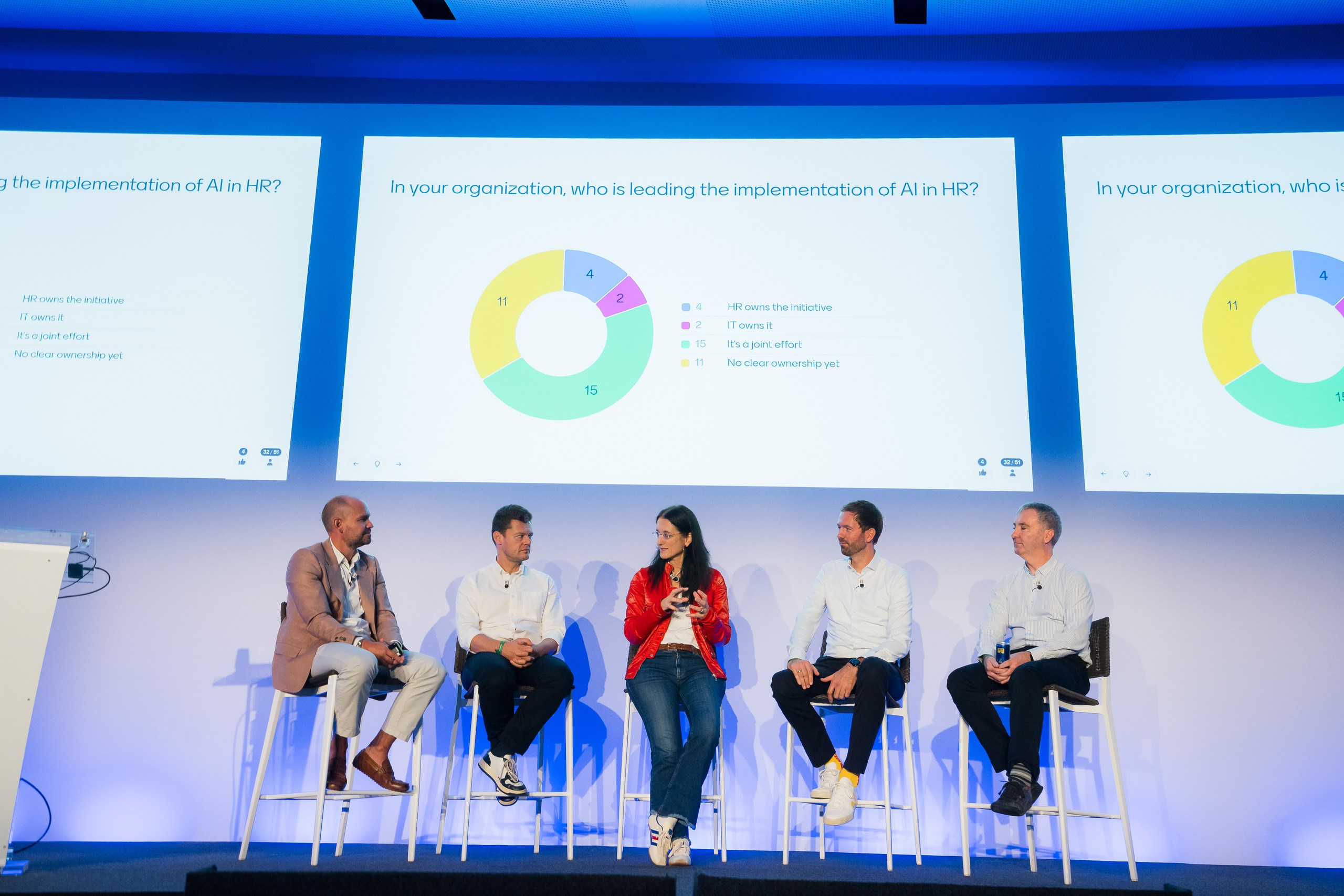
With an interactive audience citing conflicting priorities between HR and IT as a source of friction, Kerstin Wagner, Executive VP of Talent Acquisition at Deutsche Bahn, stated that working together to establish a goal was essential to selling the solutions internally.
Bring all the people in the team on building the roadmap, not just the tech-savvy ones. [Asking] ‘What’s your nightmare in your daily business?’ helps us to find these really unique cases to better the business.”
Kerstin Wagner
Executive VP of Talent Acquisition at Deutsche Bahn
IBM’s Jon Lester stated it’s critical to “start with the process, with HR, with what HR wants to achieve,” before adding that in his role, he sees HR as his customer: “‘[I ask] How can we delight you guys?’ Then we can bring the right technology.”
And when the topic moved to managing the shift to an AI-assisted workforce, audience feedback identified a lack of defined ownership as another issue in need of resolution. There was broad consensus from the panel, however, on who must take ownership of how AI is implemented across the workforce.
AI will change the way you do strategic workforce planning. The skills are changing, HR needs to drive and own this agenda.”
Kris Legroe
Director of People Technology at Virgin Media O2
Lester was in agreement, stating that HR should own ‘everything related to AI because it disrupts the way people work’ and that this responsibility should encompass both leadership and governance. Jochen Lampe-Merian, VP of Employer Branding & Talent Acquisition at DHL, added a nuance to this view, emphasizing that while HR must lead AI initiatives and own the solutions, it cannot do so in isolation. He argued that close collaboration with IT is essential to navigate risks like data security, ethical use, and system hallucinations.
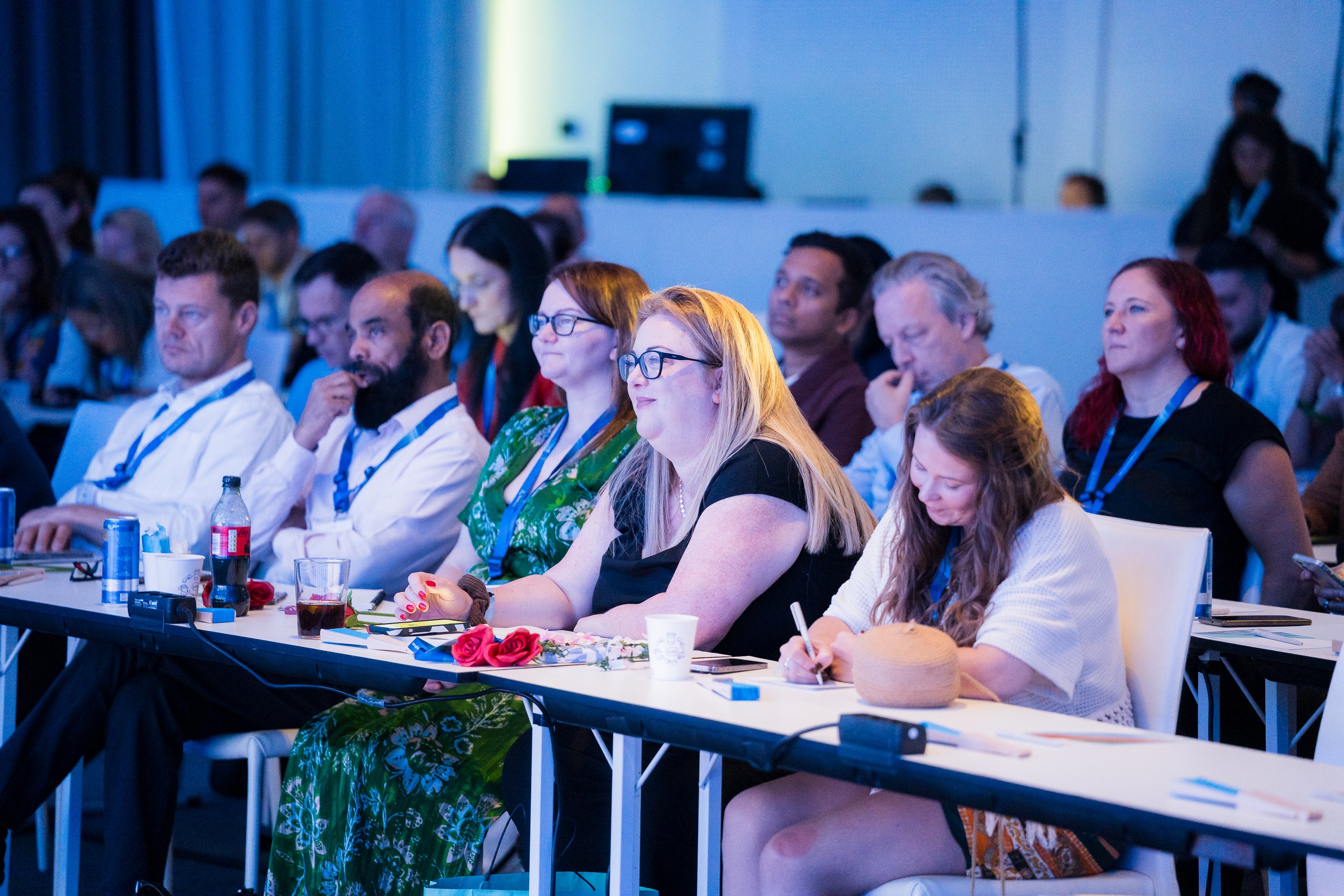
Imagination Remains Among Our Greatest Strategic Assets
Avature CEO Dimitri Boylan reminded the audience that, as adults, we often lose touch with one of our greatest strategic assets: imagination. At Avature, our goal is to provide the tools that empower our customers to think creatively and devise innovative solutions to their unique challenges.
Boylan also spoke enthusiastically about how Avature’s building blocks are purpose-designed to be modular, reconfigurable and easily deployable, meaning HR teams are not confined to Avature’s solutions; they can build their own.
It was therefore encouraging to learn how Junction, Avature’s self-service integrations manager, had made JAKALA’s cross-platform cHRoco app possible. Fabrizio Caprioglio, Head of HR Innovation & Digital Transformation, together with HR Innovation Senior Specialist Leonardo Cenacchi, offered a look under the hood of cHRoco to explore its creativity and configuration, letting employees access everything they need, from payslips and career pathing to desk booking and general information, in one user-friendly interface.
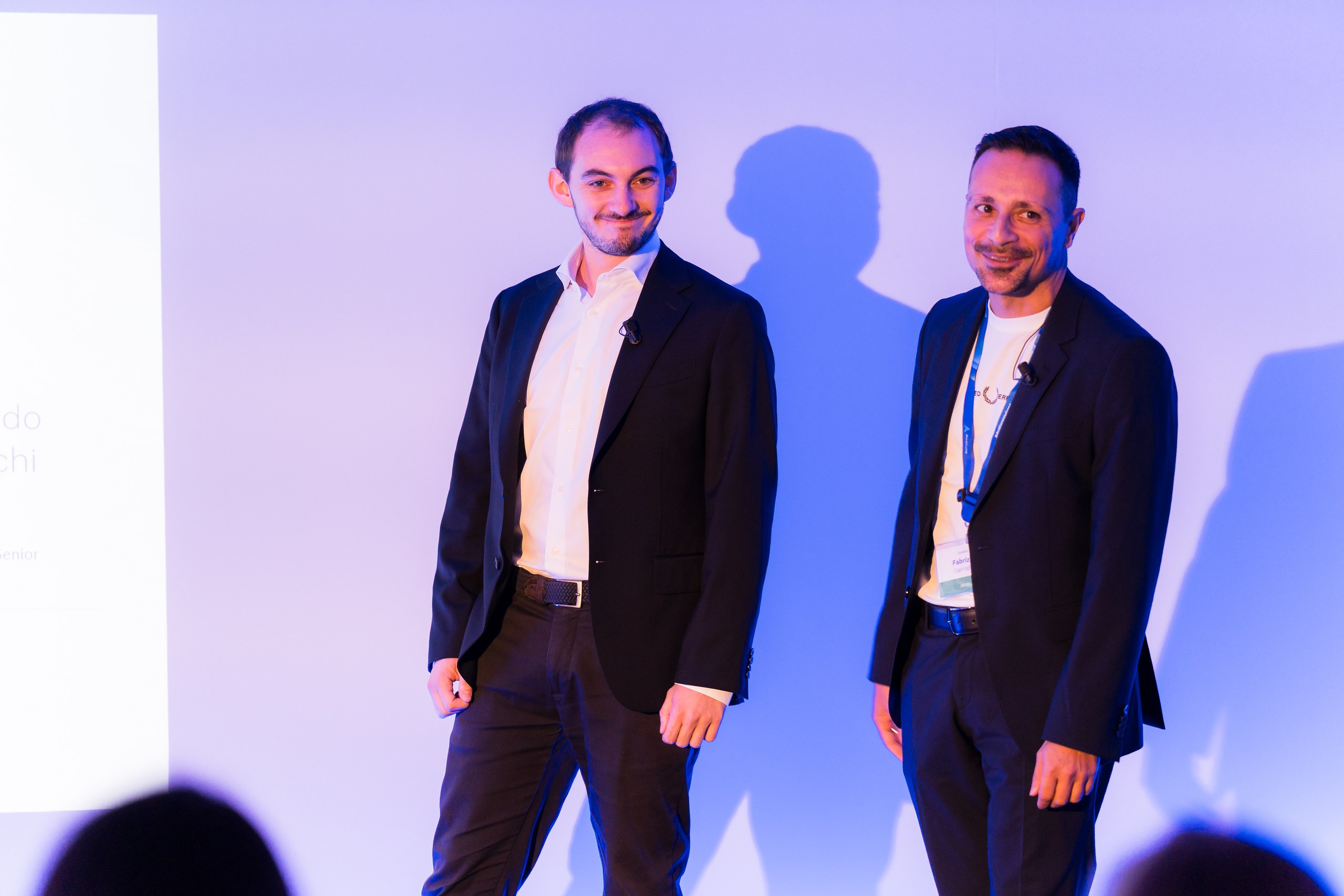
Dan Hughes, Global Performance & Growth Leader at consulting giant EY, left the audience with another inspiring use case, this time in the form of its Upwards Feedback portal. Independent of formal performance reviews, the initiative facilitates the requesting of confidential manager feedback from those who report to them. In the program’s first year, the portal reached 135,000 employees, achieved a 69 percent participation rate and saw over 40,000 managers receive feedback.
Beyond the numbers, it set an example for everyone in the room on how to lend employees a voice, reinforce a culture of continuous improvement and guide and develop the leaders of tomorrow.
Our leaders were asked to embrace courage over comfort. Some of the greatest learning happens when you hear things you weren’t expecting. That’s 40,000 people having a conversation. That’s 40,000 people who can really move the needle.”
Dan Hughes
Global Performance & Growth Leader at EY
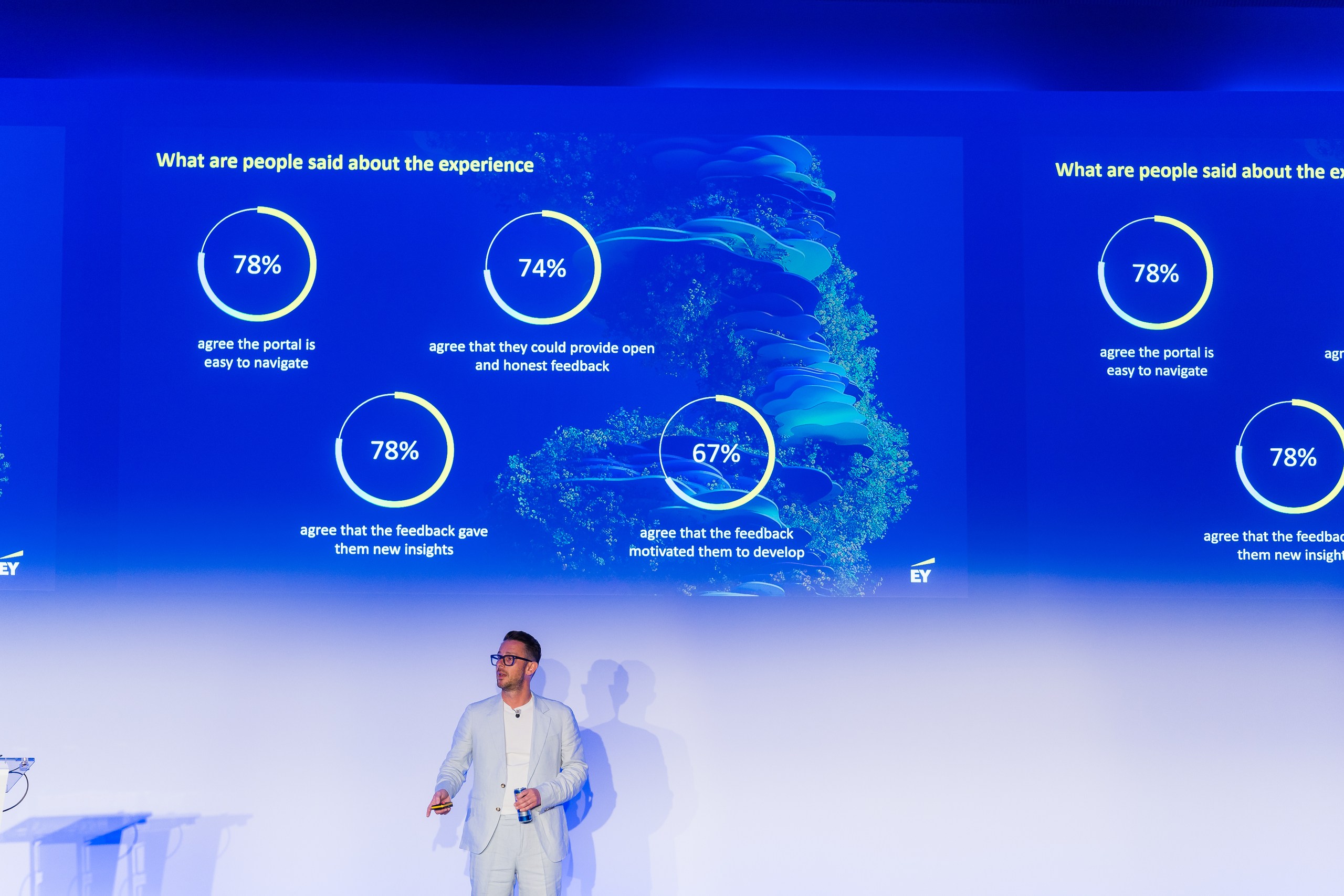
Another company that has embraced this creative, autonomous mindset more than most is Deloitte Belgium. In an eye-opening Power User presentation, TA Innovation & Operational Excellence Manager Maarten Verleyen demonstrated how the Portal Apps Builder had inspired his team to innovate across the talent function.
From finding brand ambassadors to streamlining agency leads and maximizing university partnerships, Verleyen’s mastery of the tool was such that even Avature’s own specialists were seen taking notes. An enjoyable final reveal was that the whole presentation itself had been created and delivered using the tool.
Don’t think tool, think platform. We were able to build whole new platforms to support whole new processes and whole new stakeholders. We took the autonomy for ourselves. It allows us to complete projects independently, on our own timeline, without extensive external resources.”
Maarten Verleyen
TA Innovation & Operational Excellence Manager, Deloitte
Avature Award winner (more on that later), Deloitte Central Europe, further illustrated the power of imagination with the design of its unified referral processes.
By creating a single gamified solution that offers redeemable tokens to spend on items in exchange for successful referrals, Deloitte has been able to braid together different strands of its global team as well as its tech stack, triple its internal application activity and make 81 new hires from the referral portal in just four months.
The Roadmap to an AI-Powered, Human-Driven Platform
Avature’s mission to support autonomous, creative problem-solving guided many of the innovations unveiled during this year’s Avature Roadmap presentations. With many new functionalities delivered and plenty more in development, #AvatureUpfront 2025 featured four dedicated roadmap sessions, first focusing on generative AI, talent acquisition and talent management before culminating in the much-anticipated Avature Platform Roadmap session.
Organized around the six key concepts of AI, data modeling, automation, experience, interoperability and insights, the session invited attendees to start planning for a future in which the talent function takes ownership of AI rather than the other way around.
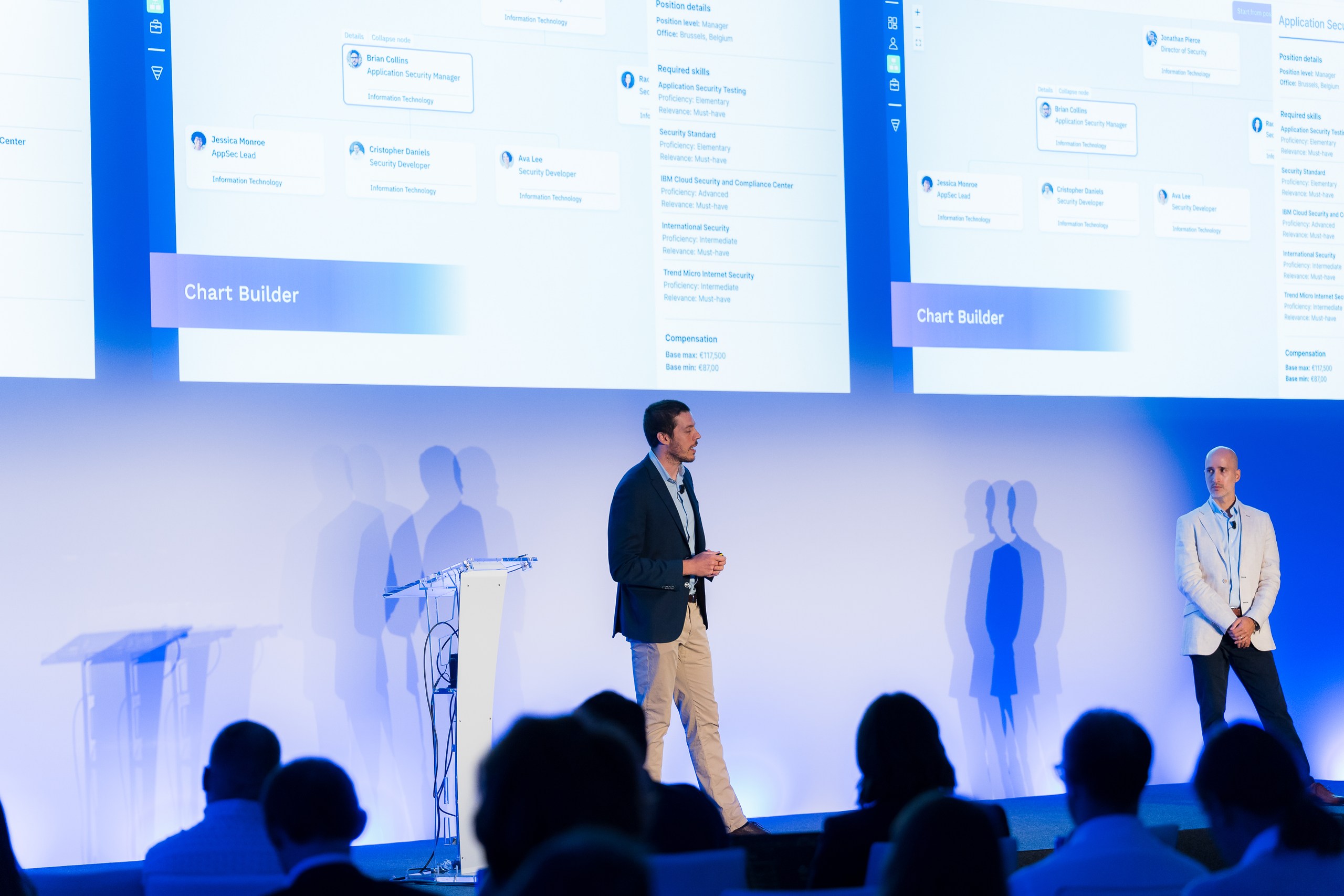
Central to this theme was the development of a series of new builders, including the Views Builder, Email Builder and the game-changing Agent Builder, which lets users design unique, context-aware agents for their own specific purpose.
The audience was audible in its appreciation for a number of time-saving tools, including Avature Copilot Scheduling Agent, Smart Assignment for HR tasks. There was also plenty of positive chatter around enhancements to user experience and decision-making, such as LLM-powered Search, which lets sourcers use everyday language to interrogate their talent database and Candidate Comparison, which provides an instructive view of competing candidates in both portals and the core app.
The upcoming Avature BI and Avature Copilot Report Insights tools will enable talent teams to enjoy a deeper, more nuanced comprehension of their performance by drawing on consistent data from across the DNA platform -further underscoring the notion that in the age of AI, enhanced cohesion of your tech stack yields the opportunity for greater strategic coherence across the talent function.
Perhaps the announcement most instructive of where Avature is headed was that of Avature AI Connect. Using Model Context Protocol (MCP), it will enable the emergence of secure cross-system, multi-agent collaboration. The result is AvatureAI that interacts with agents and data from across the tech stack and beyond – without compromising on contextual integrity and security.
Innovation and Impact Recognized at the Inaugural Avature Awards
#AvatureUpfront didn’t only provide a forward look at where HR tech is headed – it also offered the occasion to look back at what the Avature community had achieved, to share in best practices and celebrate human innovation. This was the thinking behind the inaugural Avature Awards.
Following careful consideration of submissions by an esteemed panel of industry experts, the award winners of the three categories were announced live in Mallorca.
- The Most Innovative Use of Avature
Seeing off competition from JAKALA and AMS, Deloitte Central Europe was recognized for its unified, gamified referrals and rewards solution.
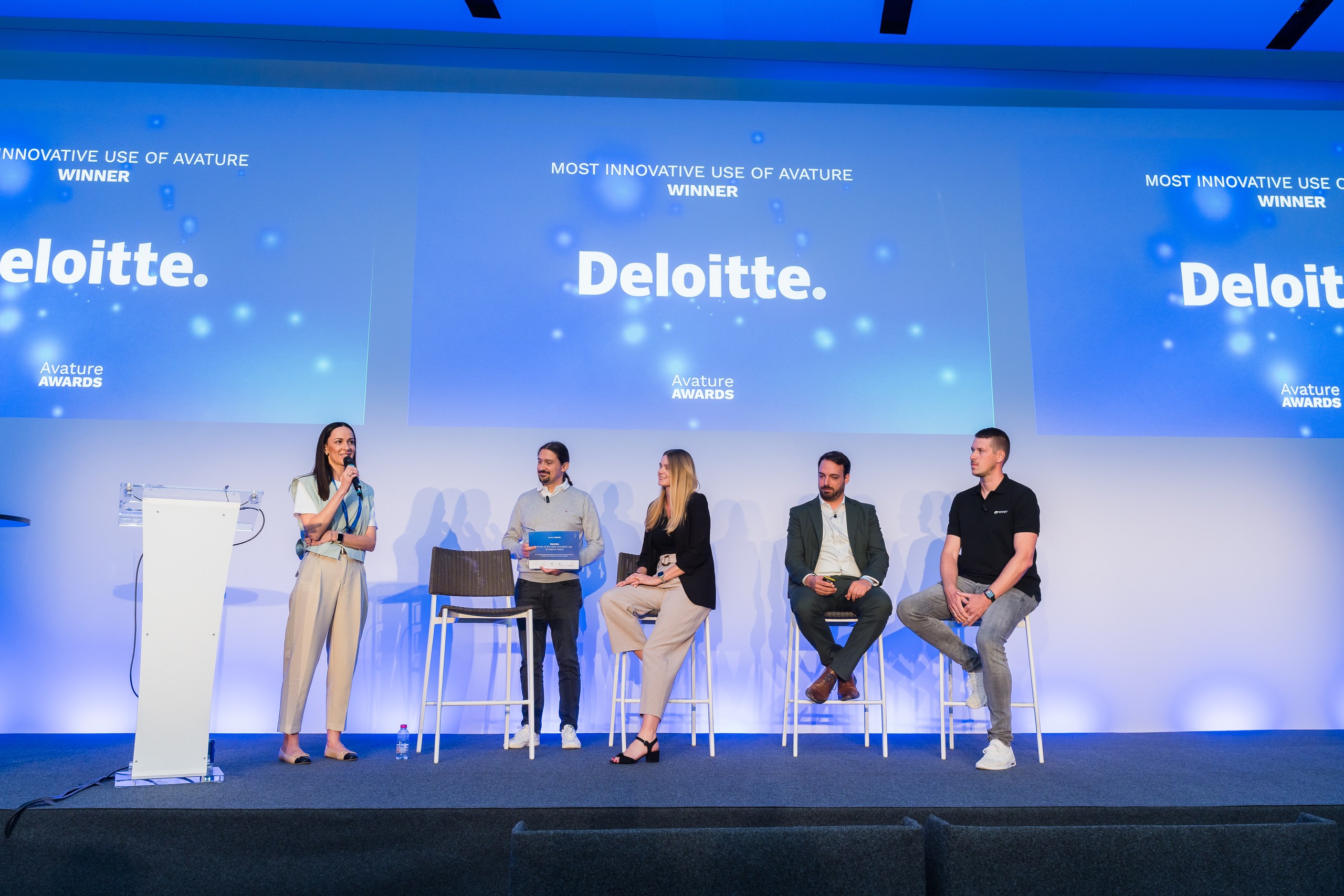
- The Best Use Case of AI and Automation
Pipping IKEA and BMC to the award was Deutsche Bahn, which had modernized its TA delivery across 46 countries, refining matching algorithms, rolling out AI parsing and ranking, and introducing automation at scale.
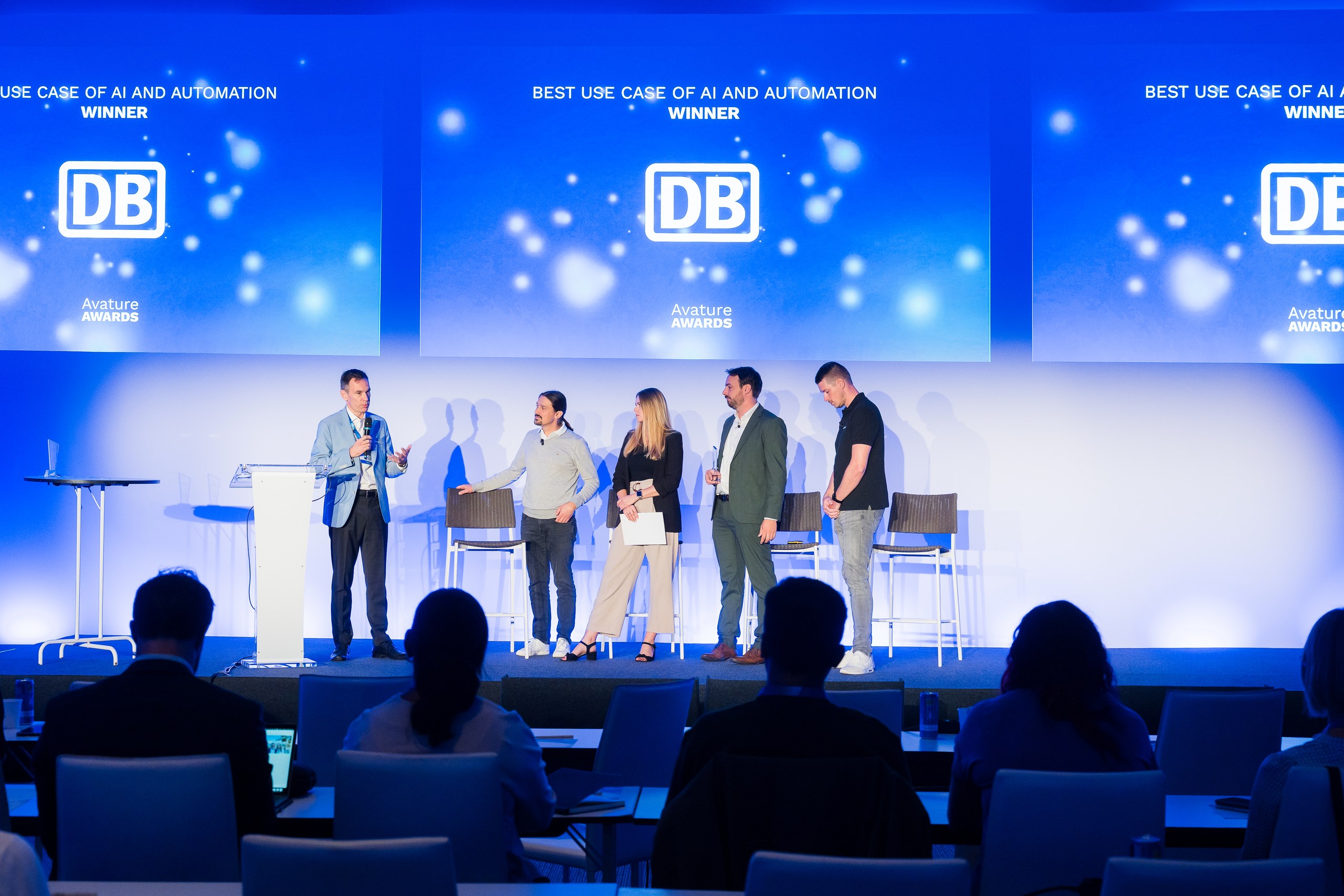
- The Biggest Business Impact
Following strong competition from IKEA and DHL, Emirates picked up the award following the region’s largest-ever Avature implementation, seeing them successfully manage 400,000 applications in just 40 days with an 80 percent reduction in processing time.
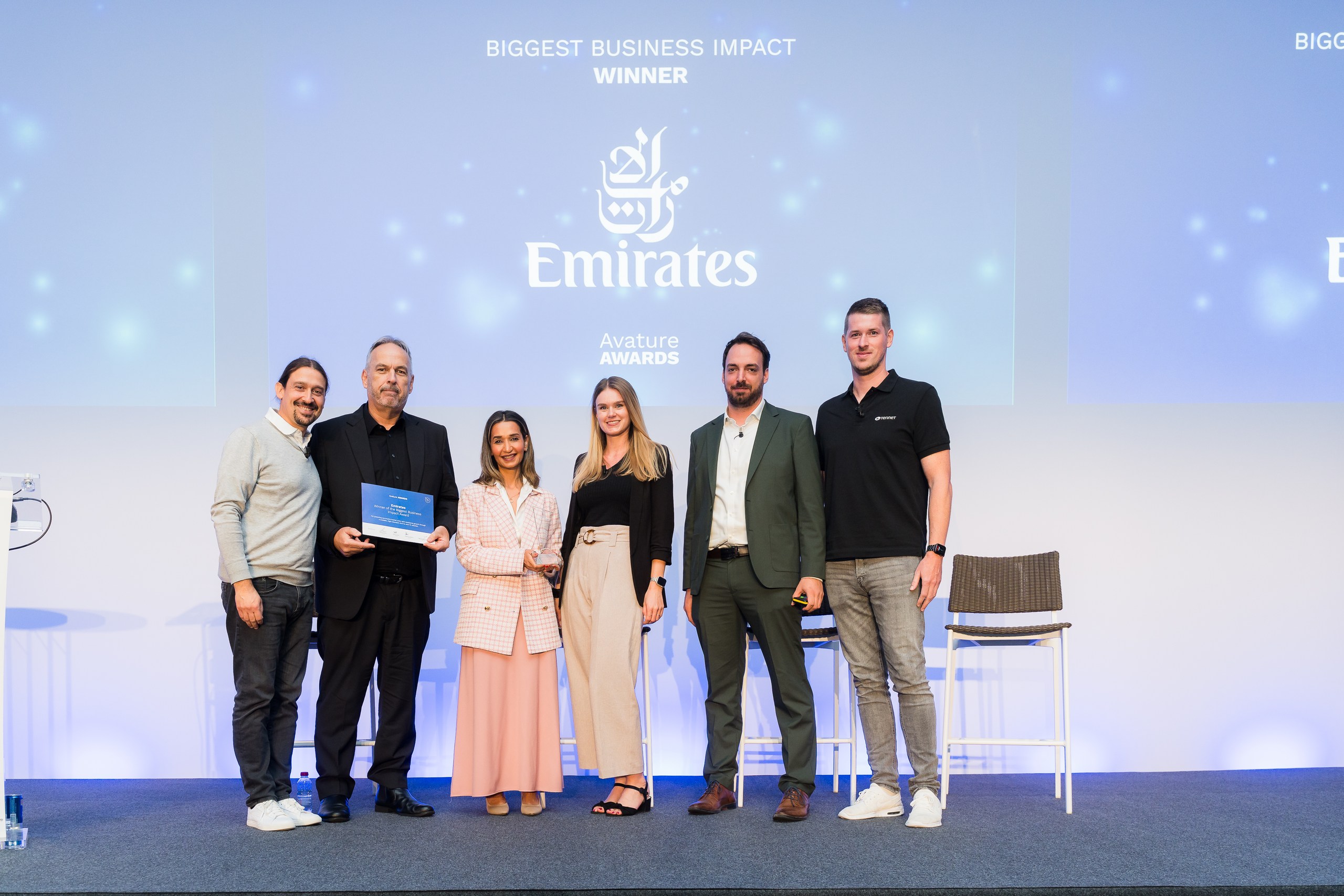
With the thank-you speeches delivered and the applause received, it only remained for Avature CEO Dimitri Boylan to show his appreciation to the assembled Avature community for their attendance.
It is by bringing their questions and sharing their creative solutions that both Avature as a company and its wider community can continue to grow, while forging a new way forward for HR.


